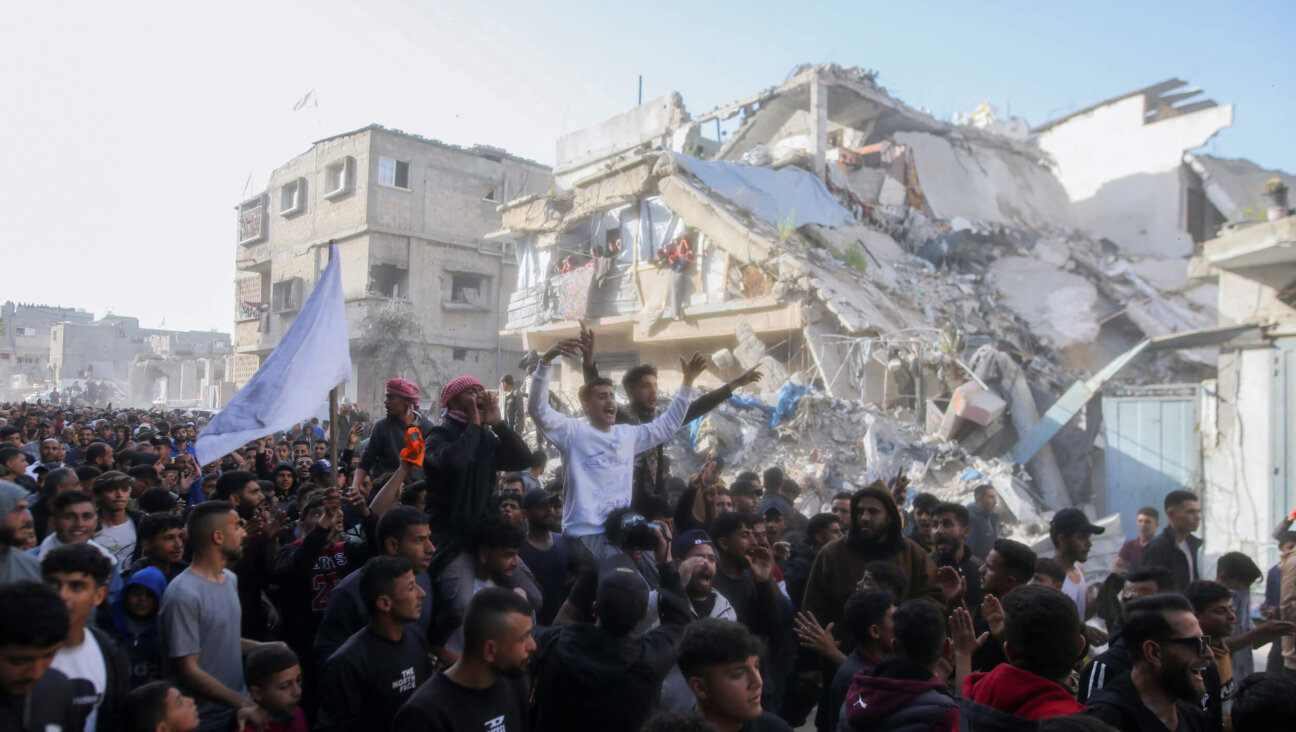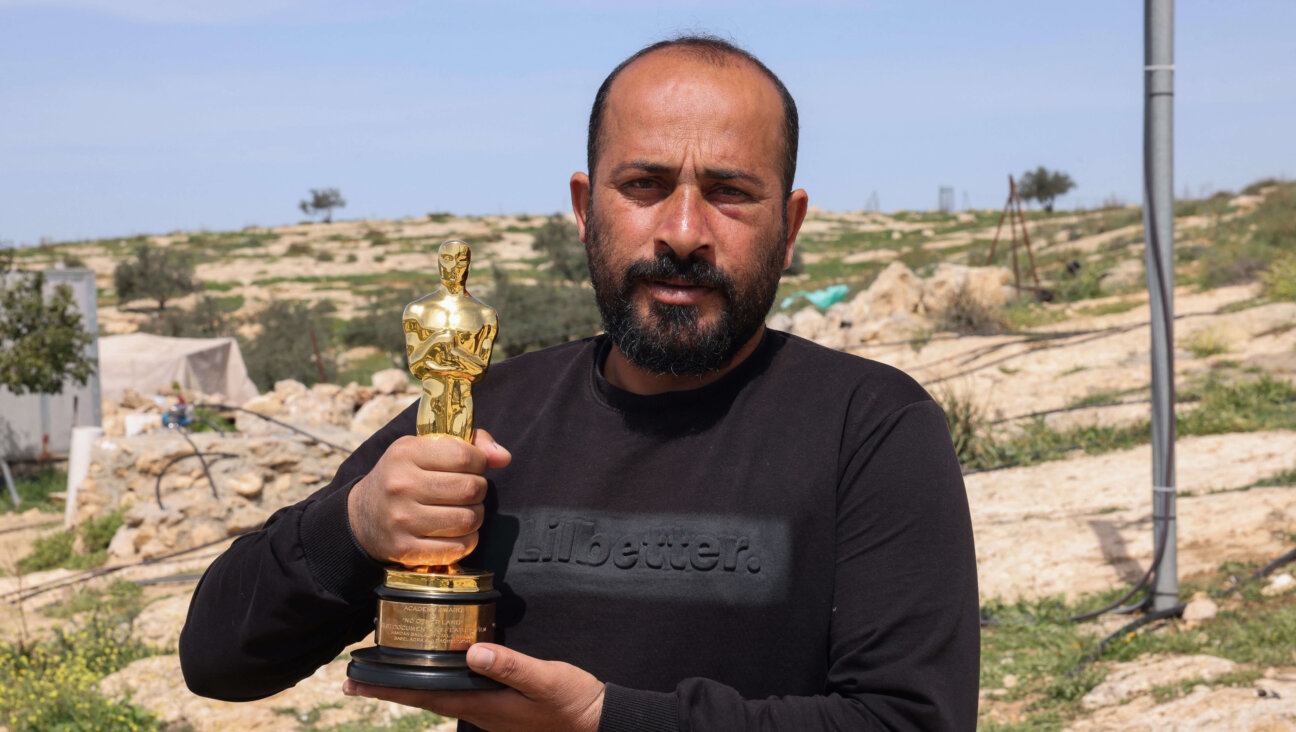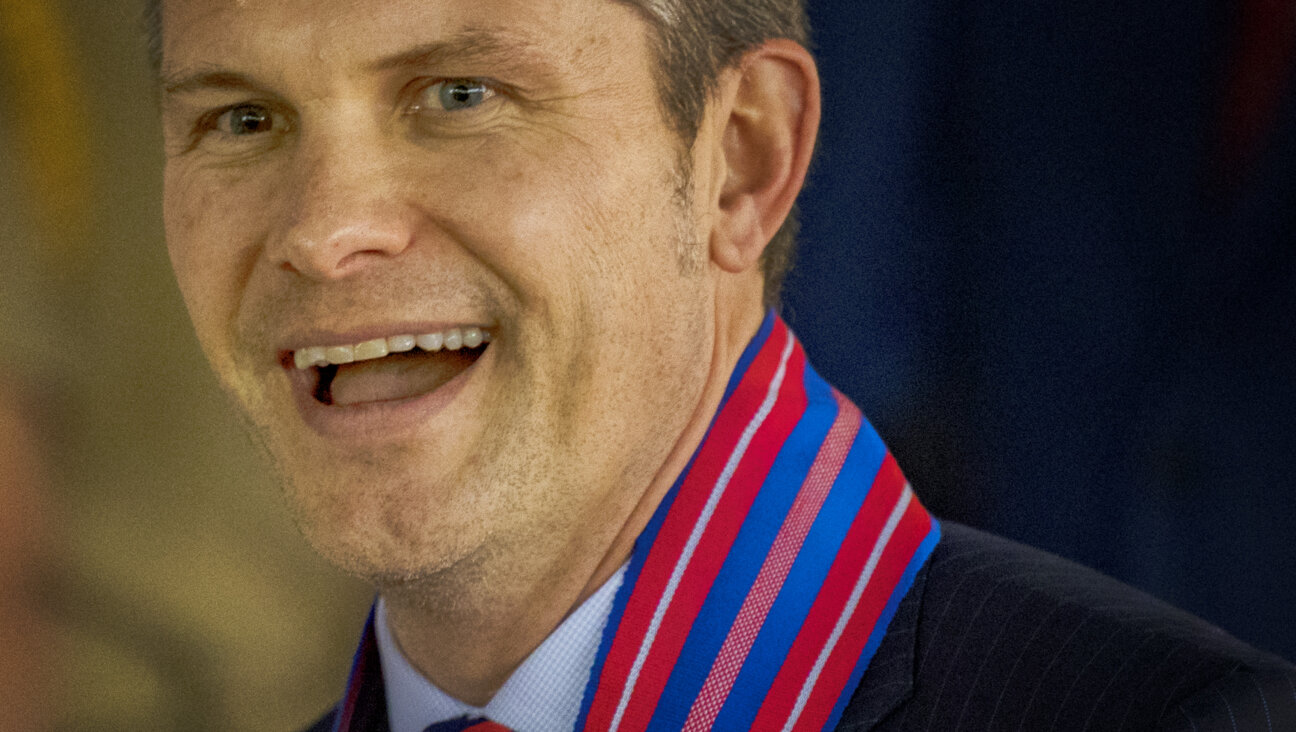Shedding Light on the Legacy of Ground Zero
I am not presently a New Yorker — though as one who was raised in New York it pains me to say so — but I am a student of history, so I must address two issues that have come up in the debate over the proposed Park51 Islamic cultural center near Ground Zero.
One, a cultural center with a mosque two blocks away from Ground Zero will have little to no impact on visitors to Ground Zero.
Two, the idea that a precedent for moving the center was set by contemporary Auschwitz — “a Catholic convent was going to be built nearby, and it was moved in consideration of Jewish feelings” — is contorted at best.
On the first point, let me explain. An elaborate memorial museum is currently under construction at Ground Zero that will shape visitors’ experience at the site. Filled with enormously powerful artifacts from Ground Zero, its planning team is highly competent (I worked with many of them in the creation of the United States Holocaust Memorial Museum and exhibitions elsewhere) and its design will be visually moving and emotionally compelling. It
will tell what happened, what was lost, who was lost, who perpetrated the deed and why, who came to the rescue of the victims and the price that they paid for that rescue.
It will have to deal with the paradox of the site: the presence of absence and the absence of presence.
It will have to deal with the anomaly of the site where new buildings will arise from the ashes, new workers will enter the buildings and an extensive office and retail complex will take form on the site of the twin towers.
The museum will only be able to pose, but it will not be able to answer, the most important question: What is the legacy of 9/11? The reason is simple. Nine years later, we still do not know. There are two ongoing wars whose outcome is uncertain, and a larger war against Islamic extremism and Islamic extremists whose outcome is also unknown.
The meaning of an event of this magnitude is not found in the event itself, but in its aftermath, in what is done with the memory of the event.
Most who enter the rebuilt Ground Zero will be coming on business, entering its buildings day by day. All too soon, they will pay little attention to what was there before and much more attention to the tasks of the day. Only the visitors coming to the memorial and the museum will be paying specific attention to the events of September 11, 2001, and their attention will be shaped by the memorial and museum and not at all by what is happening two blocks away.
On the second point, a number of people, including my respected friend Abraham Foxman, national director of the Anti-Defamation League, have offered an analogy to Auschwitz in opposing the mosque. This analogy is inappropriate.
A Carmelite convent stands near Auschwitz. It was in fact moved back from its close proximity to the camp after Jews objected. But it was not the simple proximity Jews minded, but the likely amplification of already existing errors of history perpetuated at today’s Auschwitz. My friend Foxman omitted from his analysis the fact that for 45 years, the history of Auschwitz was misrepresented by the creators of the memorial museum. Under Communism, the identity of the Jewish victims was obfuscated. A false history was created. They taught that four million people were murdered there — two million Jews and two million Poles. The actual figure is between 1.1 million and 1.3 million people, 90% of them Jews. National exhibitions were created for France and Belgium, Holland and other countries under German occupation as if the nationals of these countries were murdered because of their nationality, not because they were Jews. Even the recently constructed exhibition on the Roma and Sinti (Gypsies) at Auschwitz I is misleading, because the so-called Gypsy Camp was actually at Birkenau.
There were — and are — strong forces within Poland and within the Catholic Church who wanted to use Auschwitz to spur Polish national memory and to obliterate the memory of the Jews. That is the context in which opposition to the convent at Auschwitz was voiced — and the building was duly placed at a remove.
Meanwhile, the German-sponsored International Youth Meeting Center stands near the Auschwitz concentration camp at roughly the same distance that the Islamic center would be from Ground Zero. It has been in place for decades without a murmur from the Jewish community. In fact, Jewish groups use the center, sleep there, study there, convene there and eat there. Kosher food is served on request.
Near Auschwitz, there is also a Centre for Dialogue and Prayer, built under the leadership of the late Pope John Paul II, situated roughly the same distance from the camp that the Islamic center would be from Ground Zero. Jewish groups sleep there, study there, meet there and eat there. Kosher food is also served there on request.
There is no analogy to Ground Zero, where a brilliant memorial and a moving museum will rise and will in turn shape the experience of those who visit the site. There is no danger that an Islamic Cultural Center can overwhelm the power of the sacred site. I suspect that without this invented controversy it would have hardly been noticed.
Still, there is every danger that the opposition to the Islamic Cultural Center will distort and vulgarize the legacy of 9/11 that is still being shaped.
The Forward is free to read, but it isn’t free to produce

I hope you appreciated this article. Before you go, I’d like to ask you to please support the Forward.
At a time when other newsrooms are closing or cutting back, the Forward has removed its paywall and invested additional resources to report on the ground from Israel and around the U.S. on the impact of the war, rising antisemitism and polarized discourse.
Readers like you make it all possible. We’ve started our Passover Fundraising Drive, and we need 1,800 readers like you to step up to support the Forward by April 21. Members of the Forward board are even matching the first 1,000 gifts, up to $70,000.
This is a great time to support independent Jewish journalism, because every dollar goes twice as far.
— Rachel Fishman Feddersen, Publisher and CEO
2X match on all Passover gifts!
Most Popular
- 1

Film & TV What Gal Gadot has said about the Israeli-Palestinian conflict
- 2
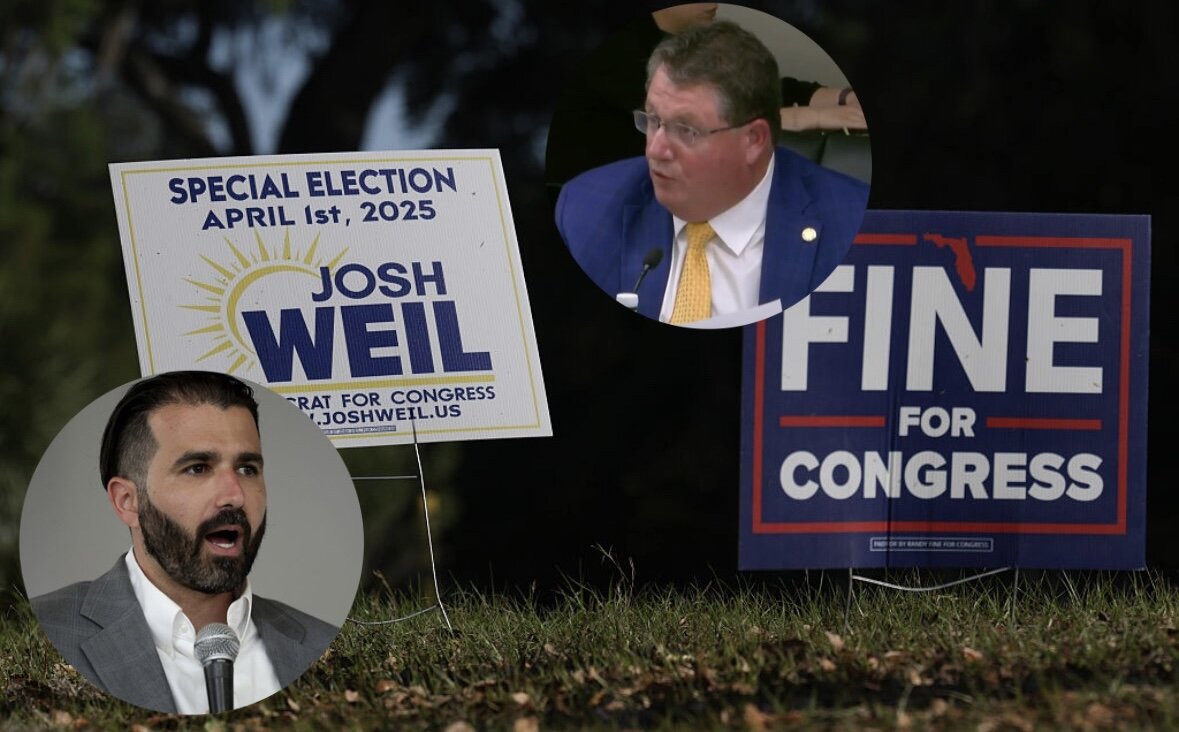
News A Jewish Republican and Muslim Democrat are suddenly in a tight race for a special seat in Congress
- 3
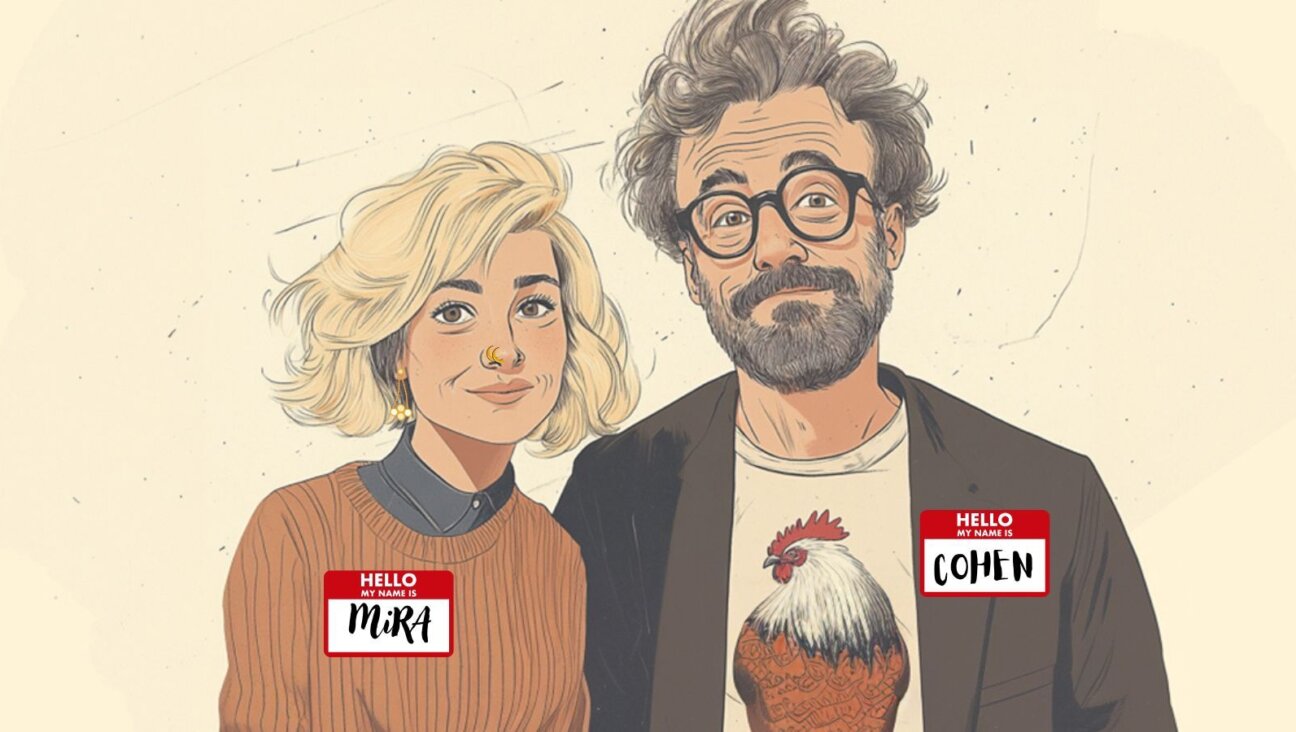
Culture How two Jewish names — Kohen and Mira — are dividing red and blue states
- 4
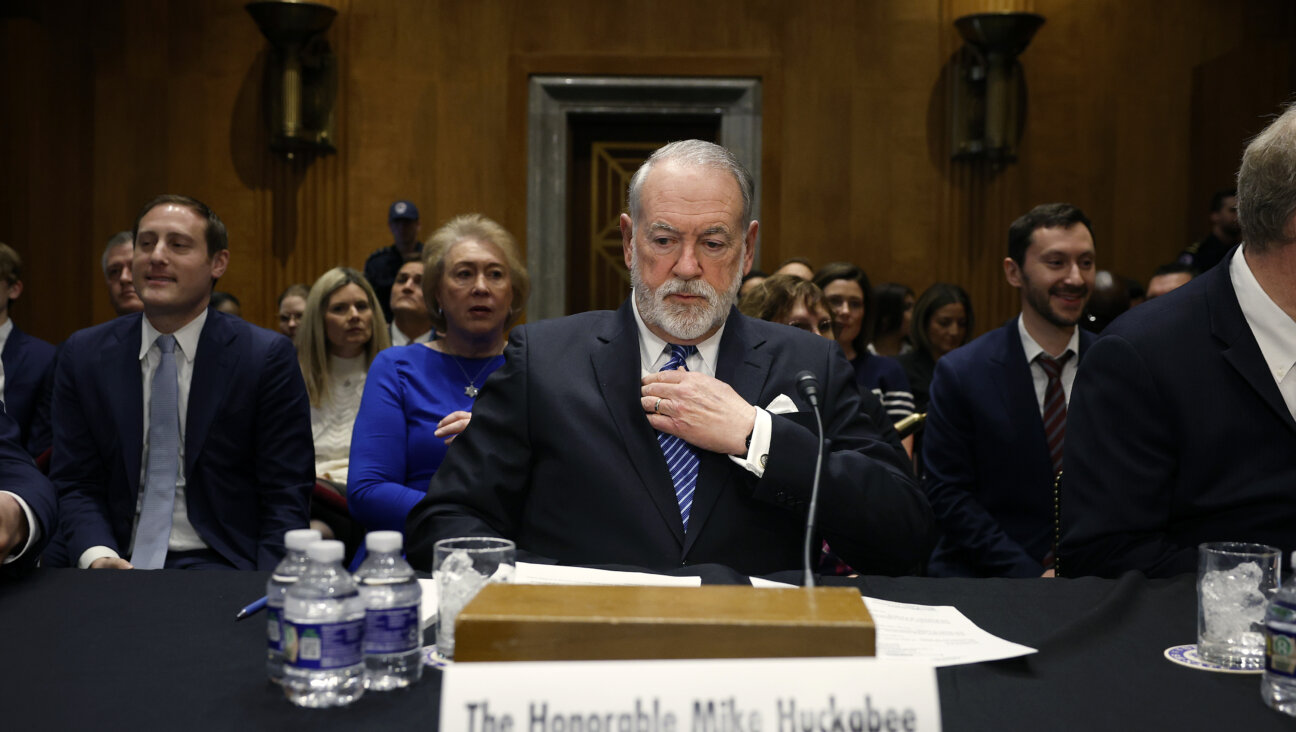
Opinion Mike Huckabee said there’s ‘no such thing as a Palestinian.’ It’s worth thinking about what that means
In Case You Missed It
-
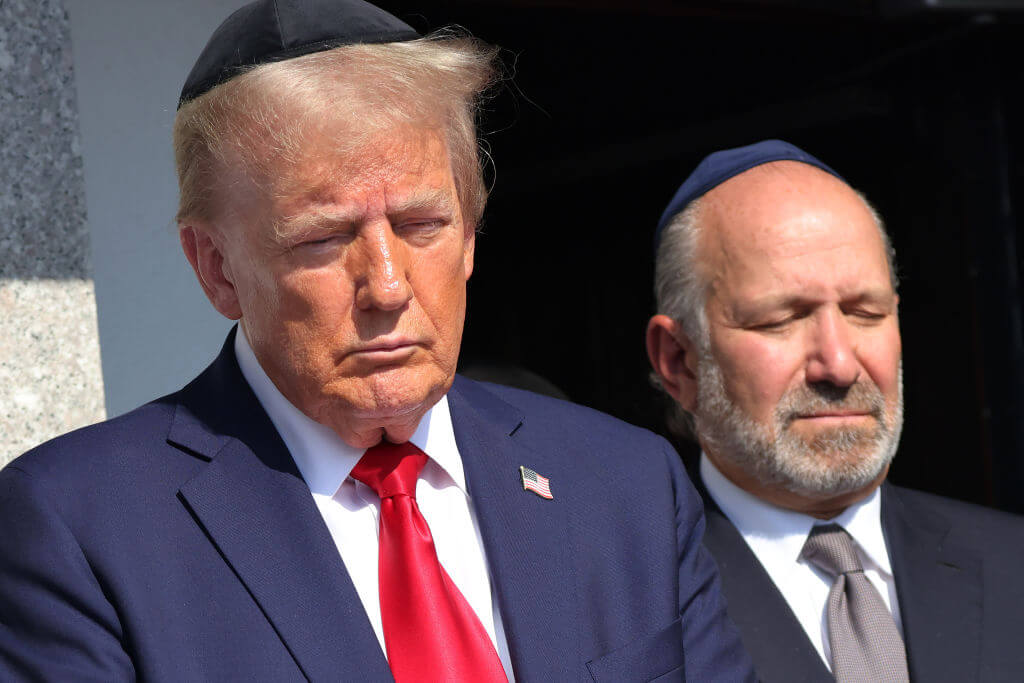
Fast Forward Trump’s plan to enlist Elon Musk began at Lubavitcher Rebbe’s grave
-
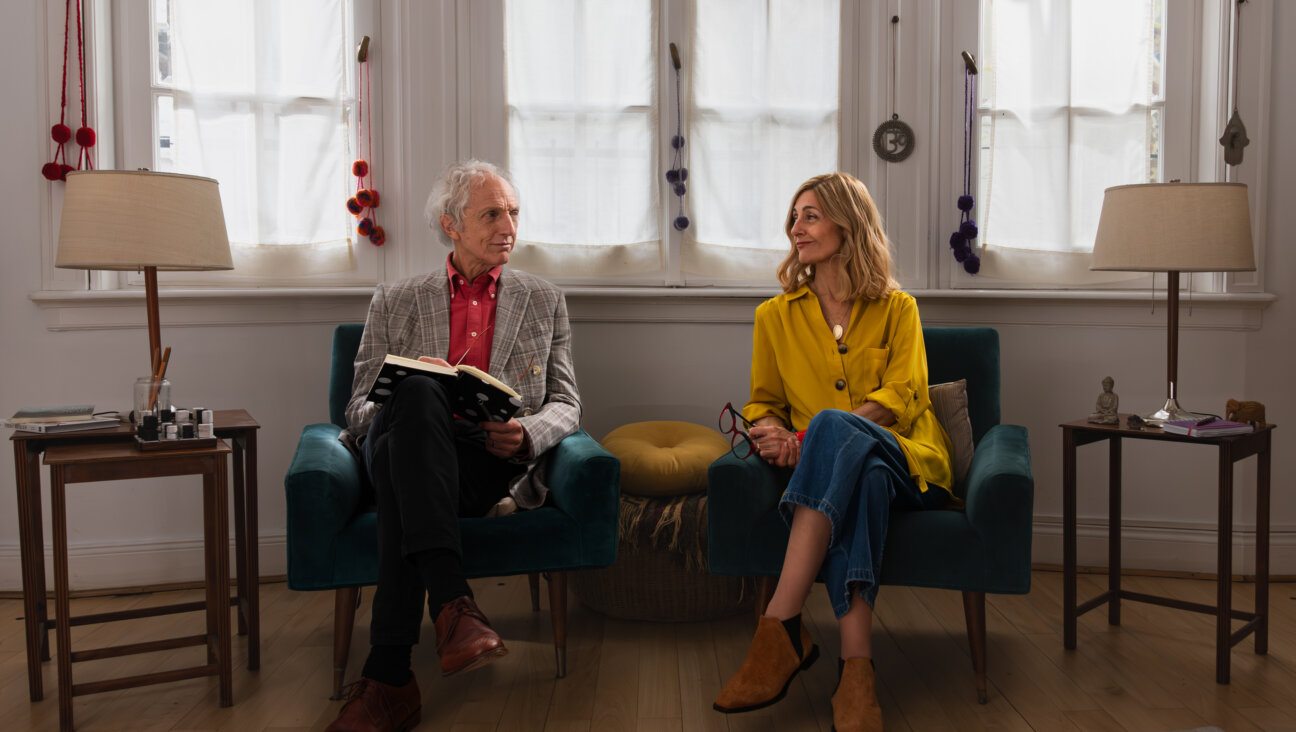
Film & TV In this Jewish family, everybody needs therapy — especially the therapists themselves
-
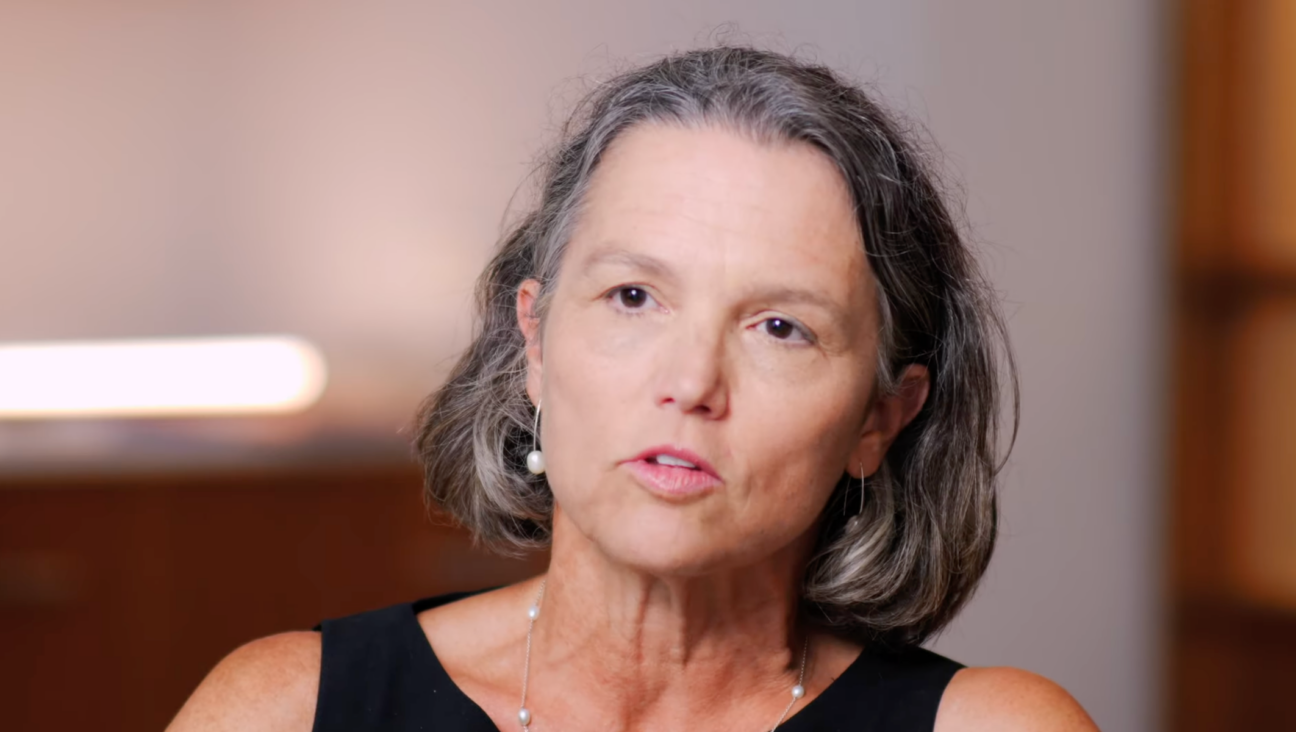
Fast Forward Katrina Armstrong steps down as Columbia president after White House pressure over antisemitism
-

Yiddish אַ בליק צוריק אויף די פֿאָרווערטס־רעקלאַמעס פֿאַר פּסח A look back at the Forward ads for Passover products
קאָקאַ־קאָלאַ“, „מאַקסוועל האַוז“ און אַנדערע גרויסע פֿירמעס האָבן דעמאָלט רעקלאַמירט אינעם פֿאָרווערטס
-
Shop the Forward Store
100% of profits support our journalism
Republish This Story
Please read before republishing
We’re happy to make this story available to republish for free, unless it originated with JTA, Haaretz or another publication (as indicated on the article) and as long as you follow our guidelines.
You must comply with the following:
- Credit the Forward
- Retain our pixel
- Preserve our canonical link in Google search
- Add a noindex tag in Google search
See our full guidelines for more information, and this guide for detail about canonical URLs.
To republish, copy the HTML by clicking on the yellow button to the right; it includes our tracking pixel, all paragraph styles and hyperlinks, the author byline and credit to the Forward. It does not include images; to avoid copyright violations, you must add them manually, following our guidelines. Please email us at [email protected], subject line “republish,” with any questions or to let us know what stories you’re picking up.








